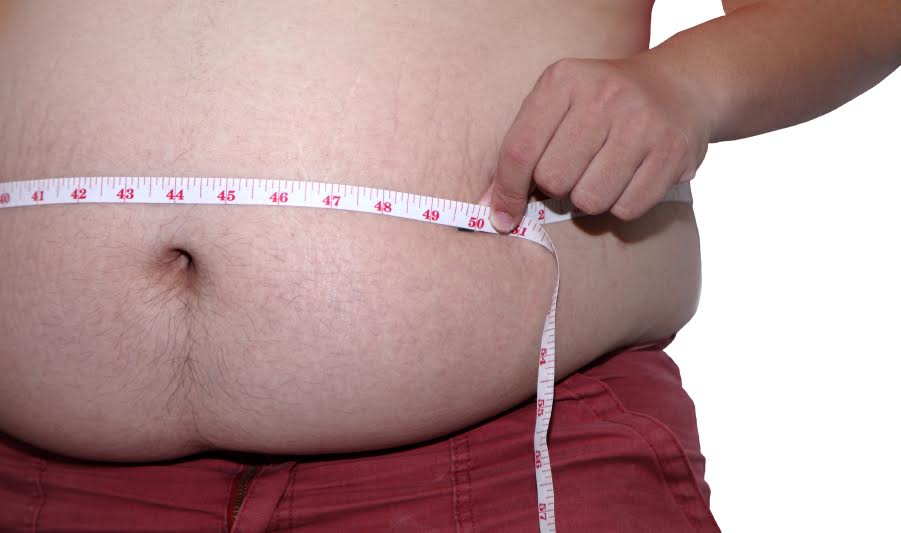Even people who aren’t overweight, but have a pot belly, are at a greater risk of death, new research suggests.
Aged Care Insite reported that people who carry fat around their waistlines, as opposed to on their hips or thighs, at at increased risk of disease – meaning the distribution of fat matters.
St Louis ‘ Washington University School of Medicine obesity specialist Dr Samuel Klein said, “If the waist is larger than your hips, you’re at increased risk for disease”.
The findings also have implications for advising patients whose body mass index (BMI) puts them in the normal range despite a chubby stomach.
Mayo Clinic preventive cardiology chief Dr Francisco Lopez-Jimenez said they see patients with this belly bulge issue every day.
“[They say] ‘My weight is fine, I can eat whatever I want’ … These results really challenge that.”
Abdominal fat – creating an apple-shaped figure – has long been considered more worrisome than fat that settles on the hips and below, the so-called pear shape.
Risk increases for men if their waist circumference is larger than 40 inches (102 centimetres); for women, the risk goes up at 35 inches (88 centimetres). Still, doctors typically focus more on BMI than waistlines; after all, girth tends to increase as weight does.
But a BMI in the normal range may not give the full story for people who are thin but not fit, with more body fat than muscle, or for those who change shape as they get older and lose muscle, Dr Lopez-Jimenez said.
His study analysed waist-to-hip ratio, dividing the waist circumference by the hip measurement. There are different cutoffs, but a ratio greater than one means a bigger middle.
Researchers checked a government survey that tracked about 15,000 men and women with different BMIs – labelled normal, overweight and obese. More than 3200 subjects died over 14 years. At every BMI level, people with thicker middles had a higher risk of death than those with trimmer waists, the researchers reported in Annals of Internal Medicine.
In the study, 11 per cent of men and 3 per cent of women were normal weight but had an elevated waist-to-hip ratio. Surprisingly, they were at greater risk – for men, roughly twice the risk – than more pear-shaped overweight or obese people.
Fat that builds around the abdominal organs is particularly linked to diabetes, heart disease and other metabolic abnormalities than fat that lies under the skin, obesity expert Dr Lisa Neff of Northwestern University, who wasn’t involved the study, said.
Blood tests typically show higher blood sugar and triglyceride levels in people with a belly bulge, so doctors might spot their risk without a tape measure, Dr Klein said.
Genetics plays a role in apple shapes and waistlines tend to increase with age, so Drs Neff and Klein advised even normal-weight people to pay attention if belts are getting tighter.
Sit-ups aren’t the solution, they said. Like all weight loss, it requires a healthier diet and general physical activity to burn calories.





















Add Comment